Module 1: Instructional Planning and Strategies
Setting up the Classroom: Equipment
Equipment for Joint Positioning
Many students with complex needs require adaptive equipment to be comfortably positioned, move around their environment, and actively participate in school.
Custom made hand splints, orthotics, or braces are worn to support the student’s joints and muscles. These pieces of equipment might be worn throughout the school day or for a specific task. Hand splints maintain the wrist, hand, and fingers in a position for optimal function.
Ankle Foot Orthoses (AFO’s) are commonly used to maintain the position of the ankle joints for a standing position. Occupational therapists or physiotherapists will set out guidelines for wear and train staff to correctly put on and take off splints or orthotics.
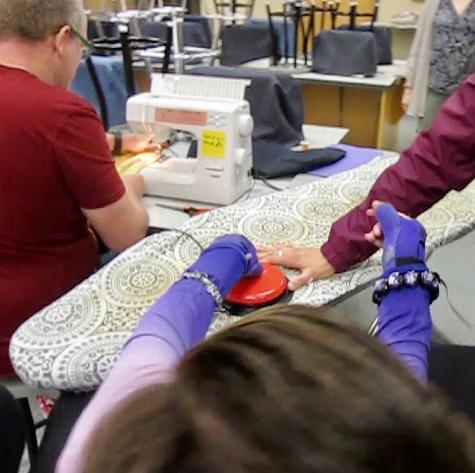
This video shows how to put on a leg brace (AFO).
Equipment for Support in Sitting
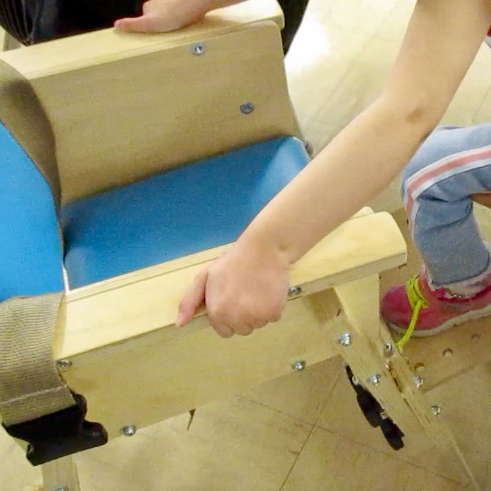
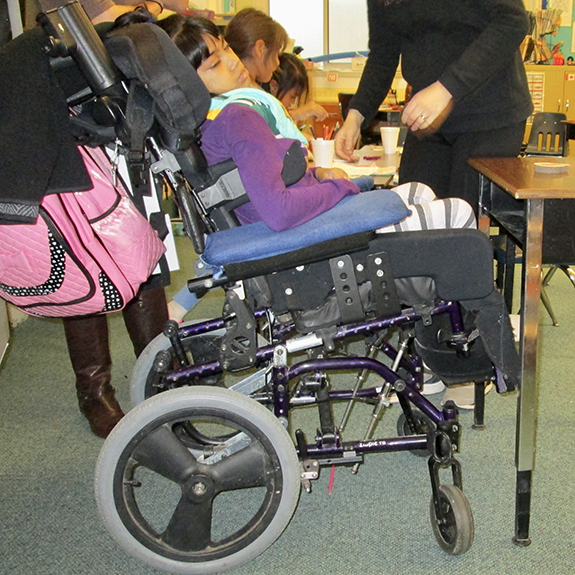
Equipment may be used to give your student more postural support, such as an adapted classroom chair or custom wheelchair seating, as pictured above.
Equipment for Mobility
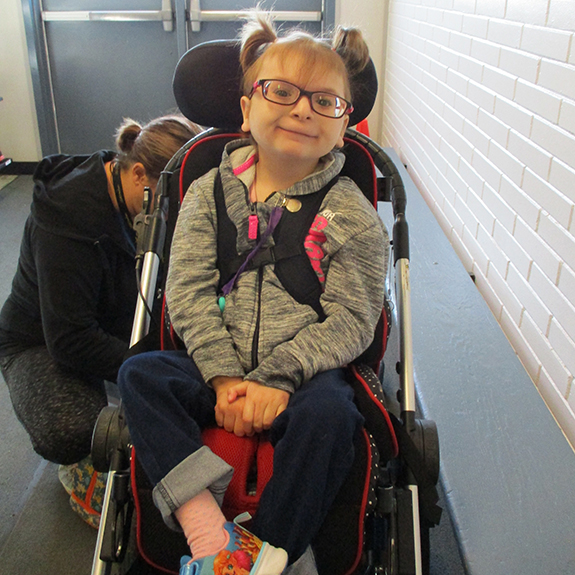
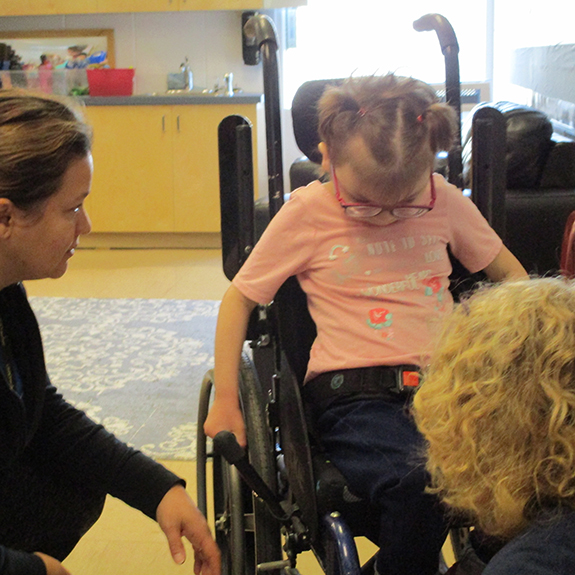

Mobility equipment can come in many shapes and forms. Some, such as stroller bases and tilt-in-space wheelchairs are pushed by another person, while others such as manual wheelchairs and power wheelchairs allow for the user to control movement.
Equipment for Standing and Walking
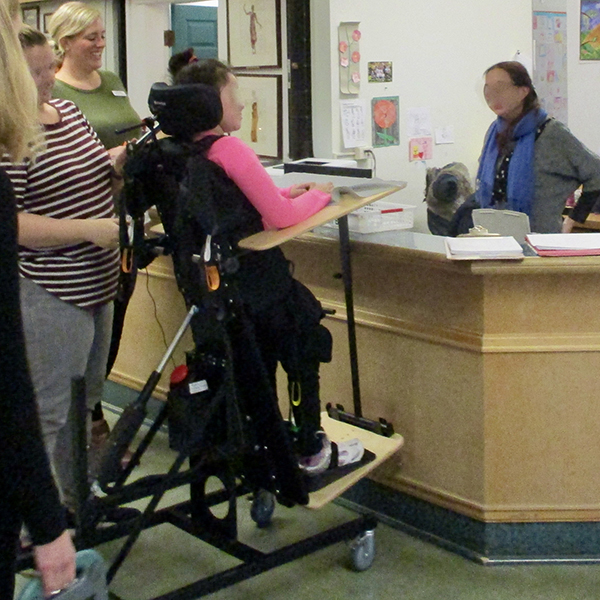
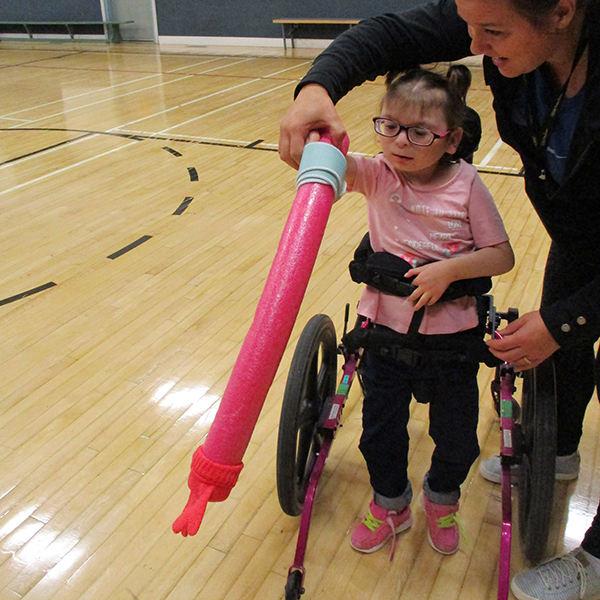
Walkers and standers can give the student an alternative position to sitting and can help keep their skin and joints healthy. In many cases, it will be recommended that the student spend a specified amount of time in their equipment daily. Rather than being a stand-alone activity done in isolation, it is important to consider how learning can be incorporated into the time the student spends in their equipment. For example, a counter height cooking activity can be made accessible while in a stander, or a walker can be used at recess to join a group game.

Sara is learning to use a walker. It takes a considerable amount of energy for Sara to propel the walker, even for short distances. How could you have Sara use the walker to participate in gym? What might you do to ensure her time in the gym is maximized?